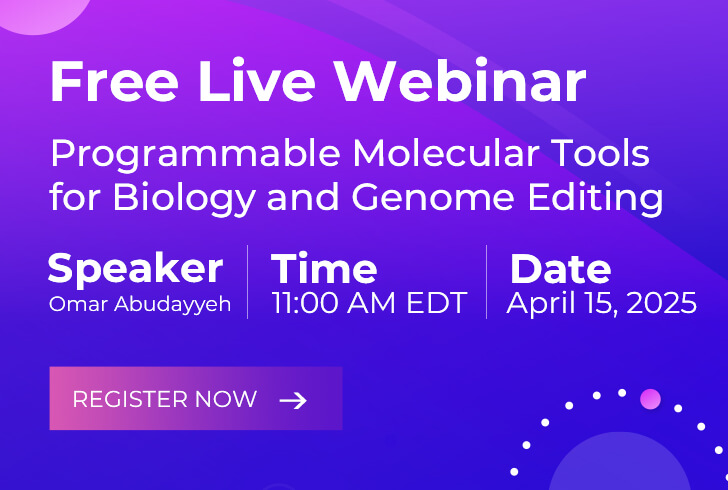Vectors Based on the Adeno-Associated Virus (AAV)
Because of the long-term and efficient transgene expression in various cell types in many tissues, adeno-associated virus (AAV) has established its position as a popular gene delivery system and could play a significant role in future tissue engineering applications.
Biological Properties of AAV
AAV has a small, non-enveloped linear single-stranded DNA of approximately 4.7 kb long, which is encapsidated in an icosahedral virion of 20-30 nm in diameter. The AAV genome is a single-stranded (ss) DNA of ~4.7 kb and contains two large open reading frames that code for four replication (Rep) proteins and three capsid (Cap) proteins, which can be provided for essential for the replication and integration. Each end of the genomes is flanked by an inverted terminal repeat (ITR), which allows for forming T-shaped hairpin structures.
AAV is naturally replication-deficient and requires co-infection with a helper virus such as adenovirus and herpes virus, or needs genotoxic stress for viral replication. In the absence of the helper virus or genotoxic stress, the AAV usually does not integrate into the host cell and remains in a latent phase and maintains episomally. In recent years, several different AAV serotypes have been isolated (AAV1-AAV12) and well-characterized antigenically; of these, the serotype most developed and utilized as a gene delivery vehicle for gene therapy in experimentally and clinically is AAV2 which uses heparan sulfate proteoglycans (HSPGs) as the primary receptor.
The Recombinant AAV-based Vectors
Conventionally, the recombinant AAV based vectors are constructed by deleting the gene sequences coding for Rep and Cap and only preserving two ITRs sequences (about 145 bp each), which is necessary for viral replication and packaging the transgene into the viral capsid. Between the ITRs, the transcriptional cassette is cloned containing the therapeutic gene and its regulatory elements. AAV based vectors have a small packaging capacity and do not exceed ~4.7 kb in size; moreover, no viral genes are encoded by the vector, reducing the potential for host immune recognition of transduced cells. The packaging is achieved by co-transfected into cells along with one plasmid containing the AAV vector and another plasmid containing the Rep and Cap genes without the ITRs.
The Advantages of AAV-based Vectors
- Offers site-specific integration into the host genome
- Transduction of cells independent of cell cycle
- Broad cellular tropism to infect dividing and non-dividing cells
- Controllability of viral replication during vector production
- Low immunogenicity, low cytotoxicity and nonpathogenic
- Capability for efficient gene delivery in numerous tissues (muscle, lung, liver and central nervous system)
Applications of AAV-based Vectors
Adeno-associated viruses are well suited for gene delivery based on its ability to mediate stably long-term transgene expression into a broad range of cell types. The ability to target a specific gene locus is desirable for gene therapy because the risk of insertional mutagenesis could be minimized while still maintaining the integration capability of the virus. Recombinant AAV has been shown as the ideal vector to be capable of stable, long-term transgene expression in a large of tissues, including muscle, brain, retina, liver, and lung. AAV vectors have been explored as potential therapeutic reagents in the treatment of many diseases, such as Parkinson's disease, anemia, Fanconi anemia, beta-thalassemia, sickle cell anemia, and cancers.

